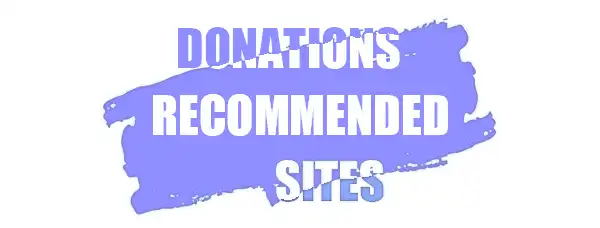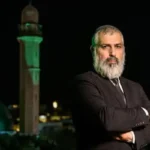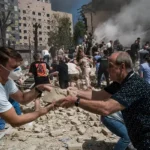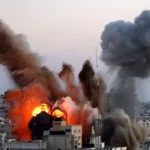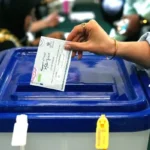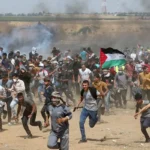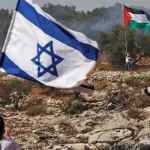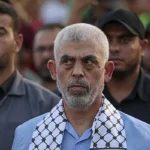Hamas’s latest Gaza cease-fire proposal illustrates ongoing tensions with Israel over crucial demands, hindering an imminent agreement. Despite optimism from U.S. and Israeli officials, negotiations face a stalemate due to Hamas’s insistence on international assurances. Hamas seeks a guarantee that both sides will keep negotiating during an initial truce to eventually end the war and free all hostages in Gaza. This measure aims to prevent Israel from resuming hostilities after releasing a portion of hostages. Israel, however, wants the option to resume fighting if necessary, fearing that lacking such leverage could allow Hamas to solidify an undeclared permanent cease-fire.
A Familiar Sticking Point
The core issue revolves around Gaza’s future. Israeli Prime Minister Benjamin Netanyahu has committed to dismantling Hamas’s rule, whereas Hamas sees a permanent cease-fire as a way to maintain its hold on power. Some of Israel’s military leaders now support a temporary deal to free the remaining 120 hostages, even if it means Hamas remains in control temporarily. These negotiations draw from a three-stage framework initially outlined by President Biden and endorsed by the U.N. Security Council. The envisioned agreement includes a six-week cease-fire, exchanging most civilian hostages for Palestinian prisoners, and further negotiations for a final resolution and the release of remaining soldiers.
CIA Director William J. Burns is set to travel to Doha to discuss the cease-fire deal with intelligence officials from Israel, Europe, and other countries. He may also visit Israel to encourage its government to accept the deal. American officials believe the latest proposal revisions could sufficiently support the phased release of hostages. Nevertheless, it remains uncertain whether Netanyahu’s government will back the deal due to opposition from key coalition members and Netanyahu’s inconsistent public stance.
Following a weeklong truce in November, in which 105 hostages were exchanged for 240 Palestinian prisoners, Hamas has halted further releases without assurances of a permanent cease-fire. Israeli negotiators recently resumed talks in Qatar led by David Barnea, Mossad’s head, who arrived without other senior security chiefs. Barnea’s mandate from Netanyahu to conduct serious negotiations is unclear. Hamas has made some concessions, softening its stance on the negotiation terms for the cease-fire’s second phase. However, it still seeks guarantees from mediators, including the U.S., for ongoing talks until a full cease-fire and complete hostage release.
Despite agreeing to potentially extend the initial truce as negotiations progress, one senior official highlighted Hamas’s new demands might imply indefinite truce extensions. In Qatar, Barnea resisted Hamas’s conditions, emphasizing they conflict with the previously adopted proposal by the U.N. and Biden. Meanwhile, Israel’s military campaign in Gaza continued, striking various targets including a UN school sheltering civilians, leading to significant casualties. The Israeli military attributed civilian harm to Hamas’s operations in densely populated areas.
We also recommend reading:
Talks on Gaza Cease-Fire Revive After Weeks of Deadlock, New Hope in Israel-Hamas Ceasefire Negotiations, Herta Muller — OPEN LETTER, Why Has Hamas Become A Legitimate Force



